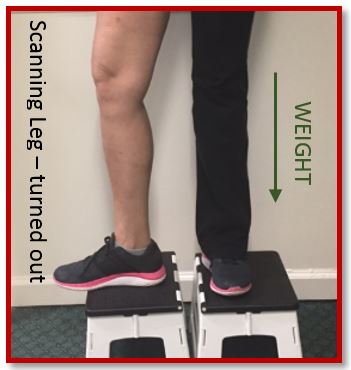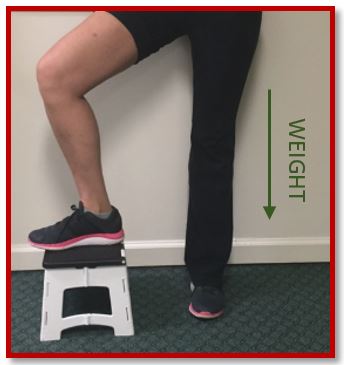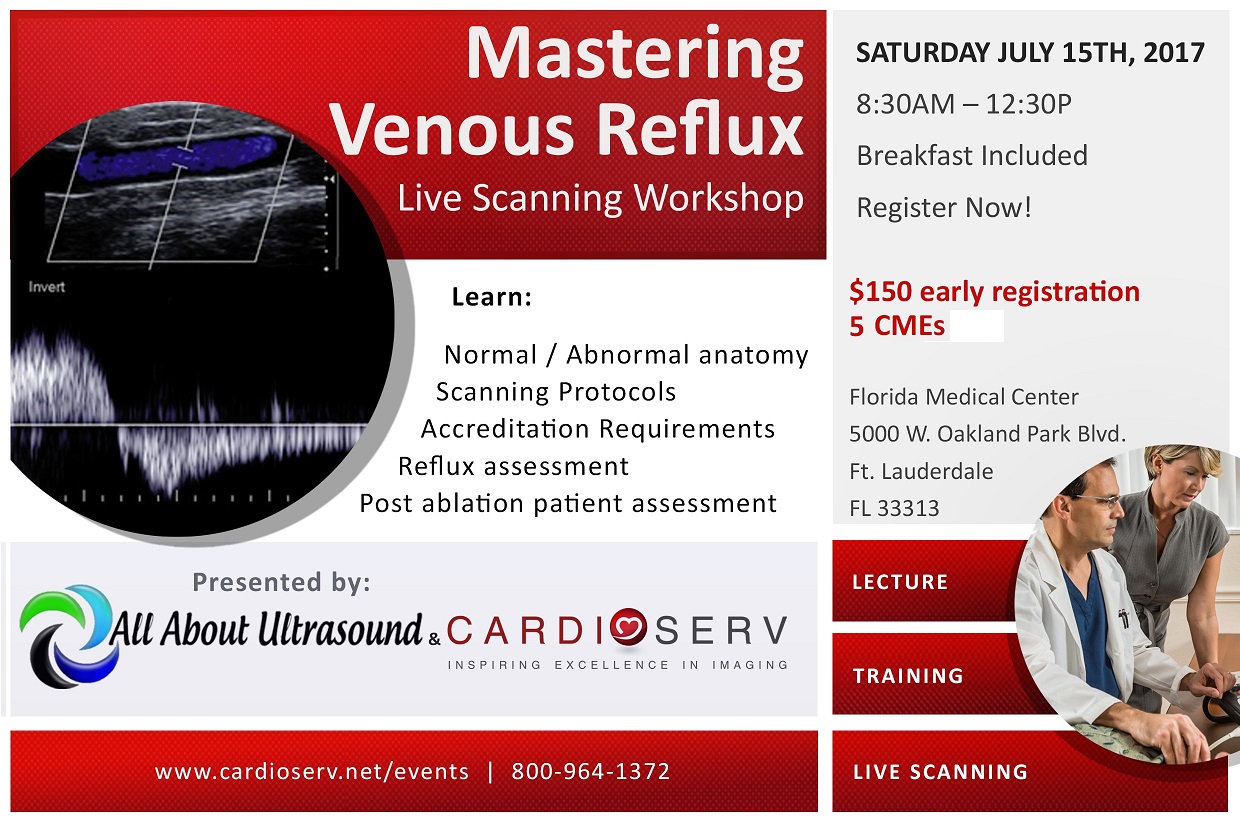Last week, we reviewed basic venous anatomy and discussed how damaged valves cause venous reflux. This week we will continue with our Venous Reflux blog series by reviewing:
The goal is to have the patient elevated, to allow for better sonographer ergonomics. The patient should not put their weight on the leg you are scanning. You can have the patient stand on a platform or place their scanning leg on a stool,
 |
 |
Augmentation is performed by squeezing the patient’s leg. It is used, to manually pump the blood towards the heart. Once the leg is squeezed, blood travels superior (antegrade). The valves in the veins should close and not allow the blood to travel back down the leg. If the valve fails to close, the retrograde flow may take time to return to the baseline. This retrograde flow is VENOUS INSUFFICIENCY. Best practices for augmentation during a venous reflux exam include:

Ultrasound plays a vital role in identifying venous reflux. We will review the pathophysiology of venous reflux, signs and symptoms, ICAVL scanning protocols, diagnostic criteria for ablation, and much more at our upcoming Mastering Venous Reflux workshop.
Sign up before July 1st for the early registration discount!


Angela Mills, BA, RVS




Jul
2017
Jul
2017
Jul
2018
Aug
2018